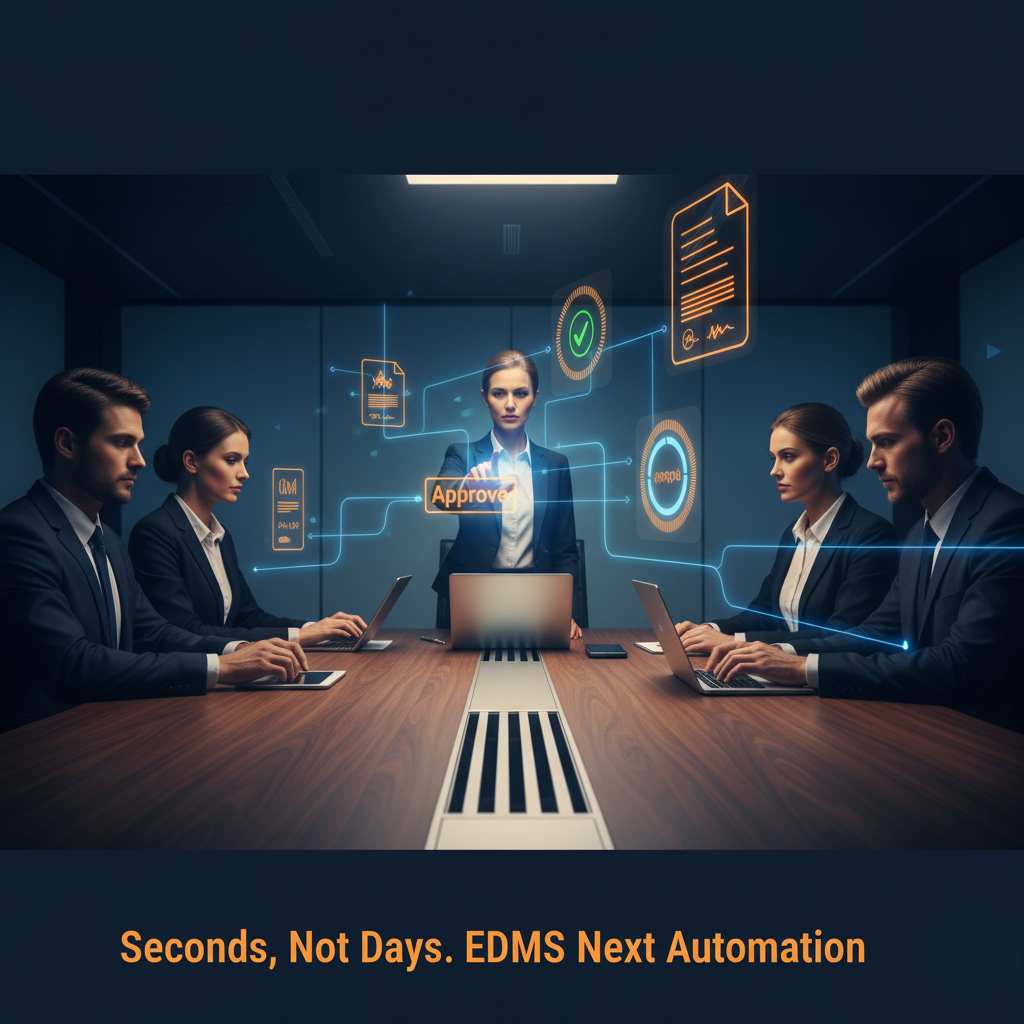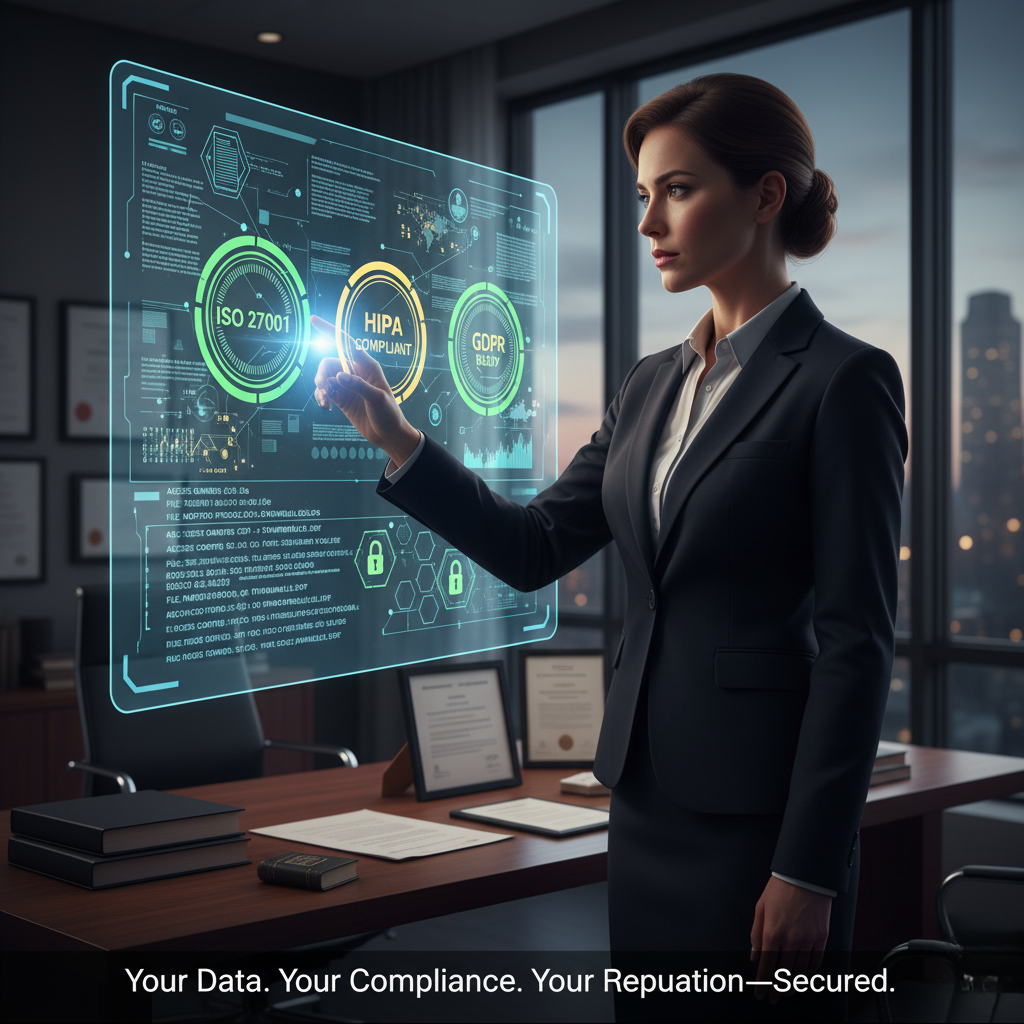How AI is Transforming Document Management Systems in 2025
In 2025, we’ve arrived at an uncanny intersection. The machines no longer just serve us, they understand us. And in the quiet corridors of corporate life, a quiet revolution is unfolding inside something as ordinary as file management. The invisible act of organising, classifying, and securing documents, the scaffolding of modern business, is being rewritten by Artificial Intelligence. It’s not just about going paperless anymore. It’s about being thoughtful. We’re witnessing AI’s hand in Transforming Document Management Systems not as a replacement for human judgment, but as an amplifier of it.
The Quiet Heart of Every Organisation
Every company from Dell’s product design labs to Google’s sprawling digital ecosystems, beats to the rhythm of documents. Proposals. Contracts. Reports. Designs. Invoices. Compliance records. They are the DNA of business memory. Yet for decades, they’ve been buried in noise scattered across servers, drives, and inboxes, waiting for someone to find them again. Now, with AI at the helm, the Transforming Document Management Systems movement is changing the very nature of information governance. These systems don’t just manage, they interpret
The Shift from Storage to Sentience
Let’s not mistake convenience for consciousness. AI is not alive, but it is aware in a practical sense, aware of context, pattern, and probability. Where older DMS software was mechanical, rule-based, limited, manual, today’s AI-driven platforms are intuitive. They recognise the semantics of a document, not just the syntax. They can summarise PDFs, detect anomalies, and suggest retention policies automatically. This is the era of the self-optimising repository, a living archive that learns from your behaviour and anticipates your needs.
From Metadata to Meaning: The New Language of AI
Metadata was once the backbone of document management, tags, categories, and access levels defined everything. But AI doesn’t just read metadata anymore. It creates it. Through Natural Language Processing (NLP), systems now generate smart metadata understanding tone, intent, and subject matter. The AI translates raw data into contextual meaning, turning static repositories into cognitive ecosystems.
Automation with a Soul: The Human Dimension
Here’s where Jaron Lanier’s lens is useful: technology is never neutral. It carries the imprint of its makers and the shadow of their intentions. A Transforming Document Management System shouldn’t erase the human layer of decision-making. It should honour it. Instead of letting automation dominate, AI now acts as a co-pilot, helping humans think, decide, and create better
When Machines Read and Feel Our Work
There’s something almost eerie about AI’s ability to read our documents. Every memo, report, and draft holds a piece of corporate consciousness. When AI learns from them, it begins to map the emotional texture of an organisation. But who owns the intelligence born from our documents? That question defines whether this revolution serves humanity or harvests it.
The Ethical Core of Transformation
AI brings efficiency, but it also brings moral gravity. When a Transforming Document Management System knows your organisation’s secrets better than you do, who ensures fairness and accountability? Audit trails must be visible, data ownership must stay with the organisation, and biases must be monitored.
The Future: Sentient Systems or Human Symphonies?
By 2030, we’ll see autonomous document ecosystems that curate, summarise, and distribute knowledge. But the best systems won’t just be smart, they’ll be soulful. They’ll help people think more clearly, not just faster.
The Future: Sentient Systems or Human Symphonies?
Artificial intelligence is not a destination. It’s a mirror reflecting the best and worst of what we build. In Transforming Document Management Systems, we see both the miracle and the warning: the promise of total clarity, and the peril of total surveillance. Used wisely, AI brings harmony between data and decision. Used poorly, it becomes noise. So perhaps the question isn’t how AI is transforming our systems, but how we will transform alongside it.







